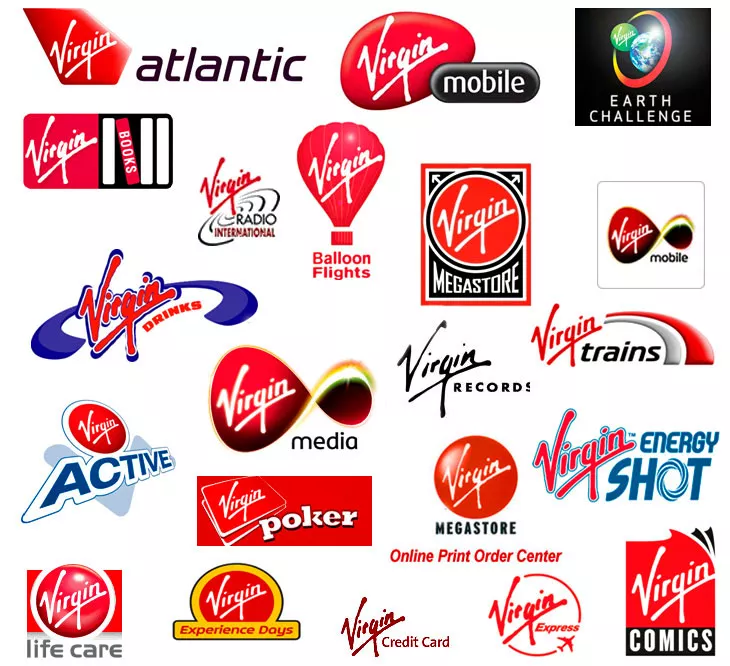How do you build a successful brand?
In this week’s blog, I wanted to focus on branding. When we talk about marketing, what we really mean is ‘marketing our brand’. Building a brand takes time and when we talk about branding on the grander scale, it is the most singularly important thing to manage when it comes to your business. This is because it is joined at the hip with reputation and this is the case for all businesses, large and small.
Here are some top tips to consider when you’re thinking about your brand.
1. Are you a business to consumer (B2C) or business to business (B2B) brand?
For a new business, recognising who your audience is (or will be) can influence your brand and how it is recognised and accepted. For instance, if you are a B2B brand and your logo looks like a cartoon in its design with bright, garish colours, what does it say about your company? What will customers think or expect when they come across it? Try and be different but remember to consider your audience’s reaction to your brand when creating your logo and building your corporate design and brand identity.
2. What brand values do you want your business to embody?
Think of your brand values as the foundation stones of your brand. They will influence your tone or corporate voice along with any content you publish, whether that is a blog, sales material or a website. Again, consider the audience you are reaching out to. What sort of language will they be expecting from your company? If you are having difficulty thinking about your brand values and USPs, think about your business as a person and describe it that way – you may find it easier.
3. Work on a branding message
Have you got your elevator pitch? Think about your key messages and what you want people to take away after interacting with your brand. What makes you different and sets your company apart from your competitors? Do you have any USPs? Why should someone use you? Try and convey in a couple of sentences what working with your company will mean and what pain points you can solve.
4. Make your branding consistent
Customers like trusting companies that they know are going to give them a consistent experience. When you think of a brand like John Lewis, you know exactly what kind of experience you are going to get. When you think of innocent drinks, you also know. To build a successful brand, all your branding needs to be consistent. This includes copy and content on your sales material, packaging, website, social media, blog and customer correspondence. Don’t forget to train your front-line staff and customer service team so they are on message. The brands that get this right are the ones that are leaders in brand loyalty.
5. Don’t be afraid to update your brand or create other brands to work with your corporate brand
If you have been in business for a while, are you losing sales because your brand is letting you down? Is it looking out of date and a bit stuffy? As fashion changes over time so too does design. Design evolves depending on a lot of things including cultural and technological changes. What might have worked in print in black and white in the Fifties, will probably not work in video now.
So, be prepared to give your brand a refresh or new look. If you are deciding to do this, make sure you check your brand values and customer systems at the same time to ensure consistency. Make sure you have a plan to update all material at the same time so that you don’t lose face. Consider whether it might make more sense to keep your corporate brand the same and create new sub brands that sit under this for different divisions or product offerings. One of the best examples of this being done well is the Virgin brand.
Follow these five tips and you’ll be well on the way to building a successful, recognisable brand.
Useful reading
See some examples of how a brand’s development has affected its corporate logo.
The BBC was formed in 1922 and is a recognisable brand around the world. Read about the BBC’s logo history.
Free marketing & PR resources
Sign up we’ll send you our free marketing and communications newsletter packed with helpful advice, along with details of our events.











